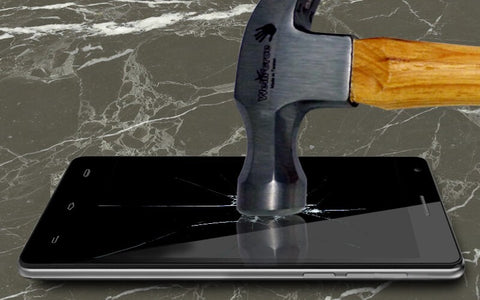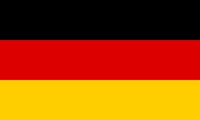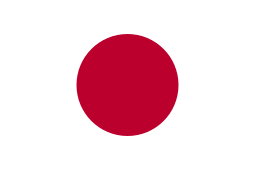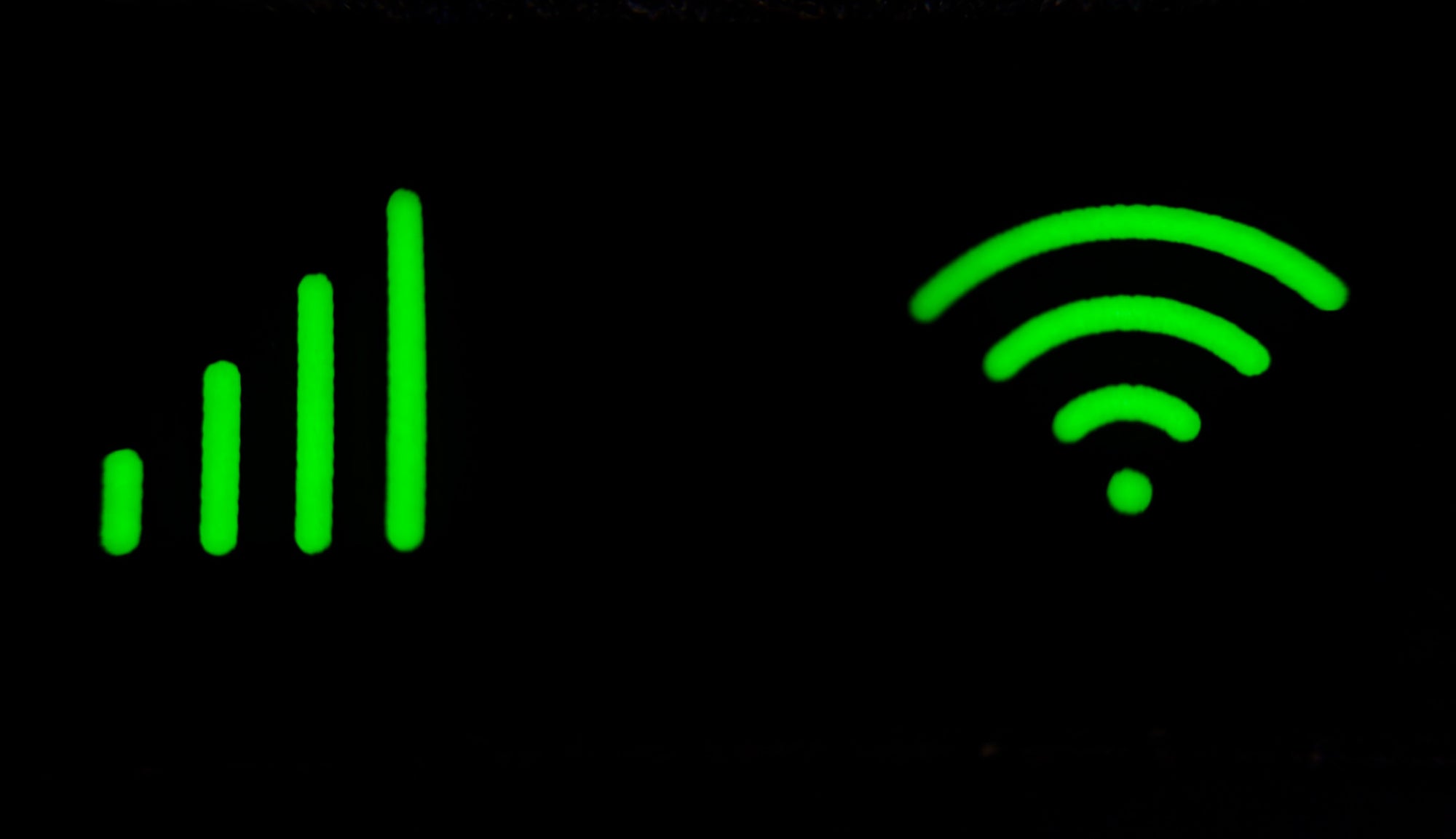 Gorilla Glass is an environmentally friendly aluminum-silicon tempered glass produced by Corning. The predecessor of Gorilla Glass was a bulletproof special glass produced by Corning in the 1960s. It is often used in helicopters. Under normal circumstances, unintentional damage will not cause scratches. After 2010, the company has carried out technological transformation on it, and it is used in the anti-damage display in the consumer electronics industry.
Gorilla Glass is an environmentally friendly aluminum-silicon tempered glass produced by Corning. The predecessor of Gorilla Glass was a bulletproof special glass produced by Corning in the 1960s. It is often used in helicopters. Under normal circumstances, unintentional damage will not cause scratches. After 2010, the company has carried out technological transformation on it, and it is used in the anti-damage display in the consumer electronics industry.
In January 2012, Corning announced the launch of their second-generation Gorilla Glass at the CES show, and will meet consumers in May 2012. The new generation of Gorilla Glass is thinner and lighter than its predecessors, and it can even bend to provide better protection for touchscreen devices.
On January 10, 2013, Corning demonstrated the third-generation Gorilla Glass at CES and demonstrated the strength of the glass. In the field test, the demonstrator hit the center of different glasses with a 175g metal ball, and the ordinary glass was immediately shattered, but the Gorilla Glass III did not suffer any damage.
Corning Gorilla Glass Performance
1. Thickness
The thickness of the first-generation Gorilla Glass is uniform, and can reach different thickness specifications from 0.7 mm to 2.0 mm. The second-generation Gorilla Glass, launched in 2012, is 20% thinner than the first-generation product. This means that after adopting Gorilla II, the device will have the same protection effect as the first generation, but the saved thickness can be used in other areas, such as batteries, etc., which can effectively solve the problem of insufficient battery life.
2. Smoothness
The surface roughness of this kind of glass is very low, and it feels smooth. It is very suitable as a liquid crystal protective layer for touch screen mobile phones.
3. Scratch resistance
As the most unique function, anti-scratch has always been an item that users are most willing to challenge. Some users intentionally use a knife or key to scratch the screen to test the anti-scratch property of the glass. After wiping the screen, there is often no scratches.
4. Impact resistance
Poor impact resistance is the shortcoming of this kind of glass. In terms of anti-scratch ability, its impact resistance is not strong, and it is likely to shatter if it is accidentally dropped.
5. Application
Gorilla Glass is widely used in high-end smartphones and tablet computers, such as iPhone and iPad screens, and it is also used in LCD TVs of many international manufacturers. To sum it up, it has to be resistant to falling, abrasion, crushing, pressure and folding. It can be regarded as a Corning product if it can stand these tests.
Gorilla Glass' big twist
In 1962, after Corning created glass-ceramics by accident, it launched a project called Project Muscle, aiming to explore glass with higher hardness and better compression resistance, which is also the origin of Gorilla Glass as we later know it. Formerly Chemcor glass.
According to the wear-resistant and anti-scratch characteristics of Chemcor glass, Corning initially thought of using it as the front windshield of automobiles, but at that time Ford and other auto companies thought that the cost of this glass was too high, so they rejected Corning's request . In desperation, Corning had to seal up the technology of Chemcor glass.
However, technology will not disappear, it is just waiting for an opportunity that is really suitable for it, and Jobs is the one who opened this opportunity. Everyone is familiar with the later story. When Jobs asked him to provide a drop-resistant and scratch-resistant glass protective screen for the upcoming iPhone, Corning took out the Chemcor glass technology again and improved it. This is what we know as Gorilla Glass.
This story is also the beginning of Gorilla Glass, and since the iPhone was replaced with Gorilla Glass, Corning’s popularity has taken off directly, and more and more mobile phones have chosen Gorilla Glass as their mobile phone screen.










